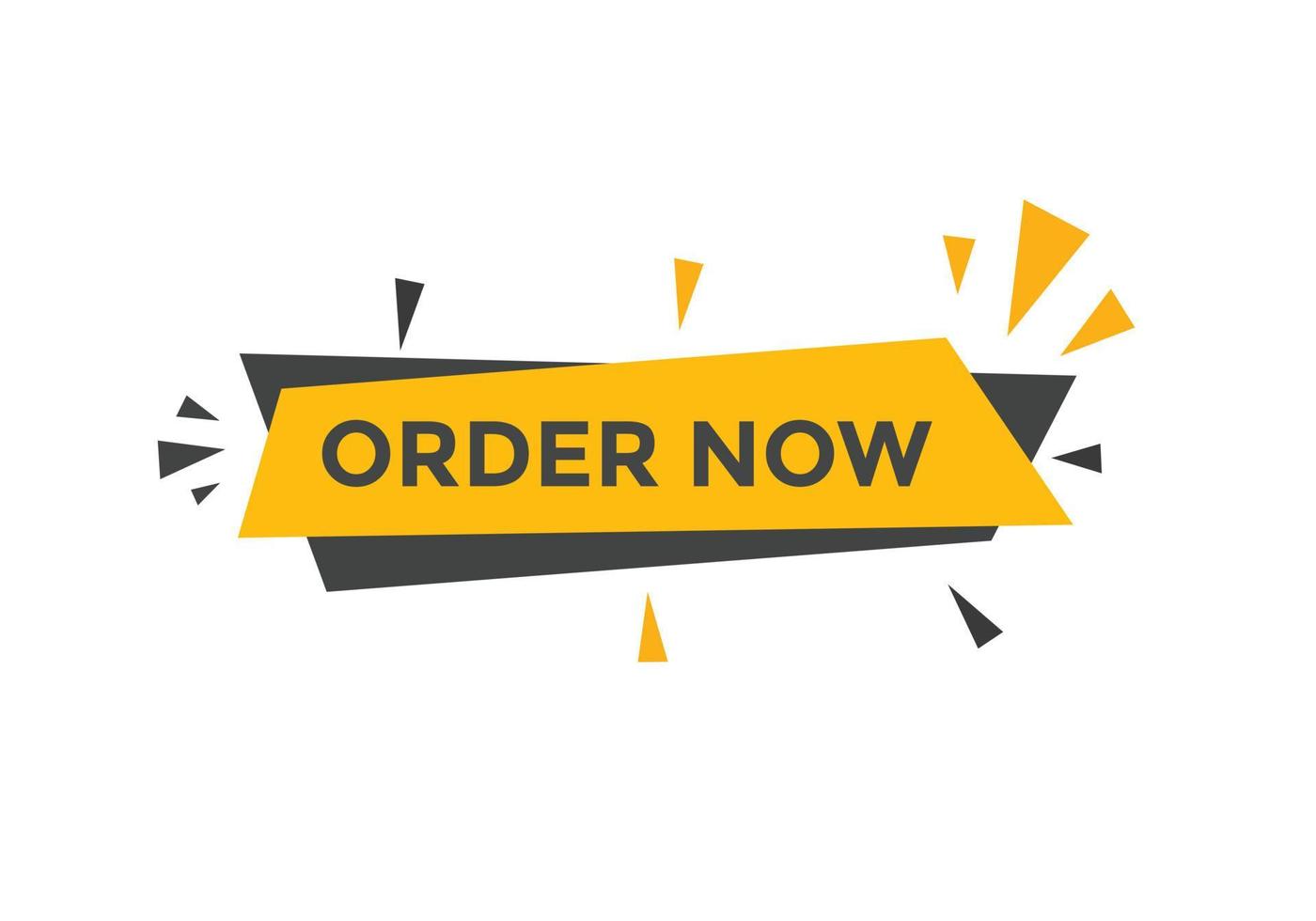Topic: Reflective Portfolio: Catechism of the Catholic Church
Need help with “Topic: Reflective Portfolio: Catechism of the Catholic Church”? Download a ready-to-use solution instantly.
This assessment task is designed to assess your ability to read, comprehend and communicate some basic concepts of theological enquiry within the Catholic tradition (Part 1), as well as reflect upon the impact of these on one’s own search for the truth on these matters (Part 2).
Your paper will have two parts:
Part 1: (approx. 300 – 500 words): Briefly summarise your chosen article or chapter. This should include the key conclusions of the article or chapter, and the reasons offered for those conclusions.
Tips for Part 1:
• Be sure to accurately communicate the author’s ideas – this will involve being attentive to their choice of words.
• Do not read into the author’s words what you think they want to or ought to say.
• Do not attempt to psychologise the author by getting ‘behind’ the text to their hidden motives.
• The goal here is accurately and fairly to communicate the arguments (premises and conclusions) of the other person.
• This section should avoid the use of evaluative language.
Part 2: (approx. 1000 – 1100 words):
How has this content confirmed, challenged or deepened your previous ideas and beliefs about the topic? Give reasons to support your response. Refer to at least two other academic sources to help understand concepts in the chosen article or chapter, explain other relevant concepts which are introduced or demonstrate wider reading.
Tips for Part 2:
• Begin by briefly giving the reasons for and conclusions of your previous/current beliefs about the topic. These may not be very systematic or clear, but in that case, an important part of reflecting is to acknowledge that.
• Be sure to regularly refer back to the author’s reasons and conclusions when evaluating and discussing.
• When reflecting on whether or how the article has deepened your understanding, consider questions like, ‘Has the author raised points I had not considered?’, ‘Do I have hidden presuppositions which need more thought?’, ‘Even though this is a conclusion I agree with, are these reasons valid?’, ‘Even though I disagree with the conclusion, does it actually follow from these reasons?’, etc.
• Remember the goal is to arrive at the truth, therefore avoid politicising the issue (e.g., reducing it to party lines or jumping to political consequences), ad hominem attacks (e.g., ‘She is only saying that because she is a…’) and flights into relativism or scepticism (e.g., ‘It is different for everyone,’ or, ‘No-one knows’).
The criteria for assessing the Reflective Portfolio will be:
(i) Summary:
• Inclusion of all key concepts from the article.
• Identification of reasons for conclusions from the article.
(ii) Analysis:
• Concise inclusion of one’s own previous/current reasons and conclusions.
• Identification of the articles arguments which confirm, challenge or deepen one’s own understanding.
• Attempt to resolve conflicting claims or come to a new synthesis.
(iii) References:
• At least two academic sources (in addition to the chosen article).
• Inclusion of relevant academic sources to define key terms, add clarity, acknowledge sources of ideas, etc.
• Consistency of referencing style.
(iv) Language and Grammar:
• Clarity of sentences.
• Paragraph structure and flow of argument.
• Avoidance of repetition.
A: Yes, it’s the complete solution. Order now to access it instantly.




Reviews
There are no reviews yet.